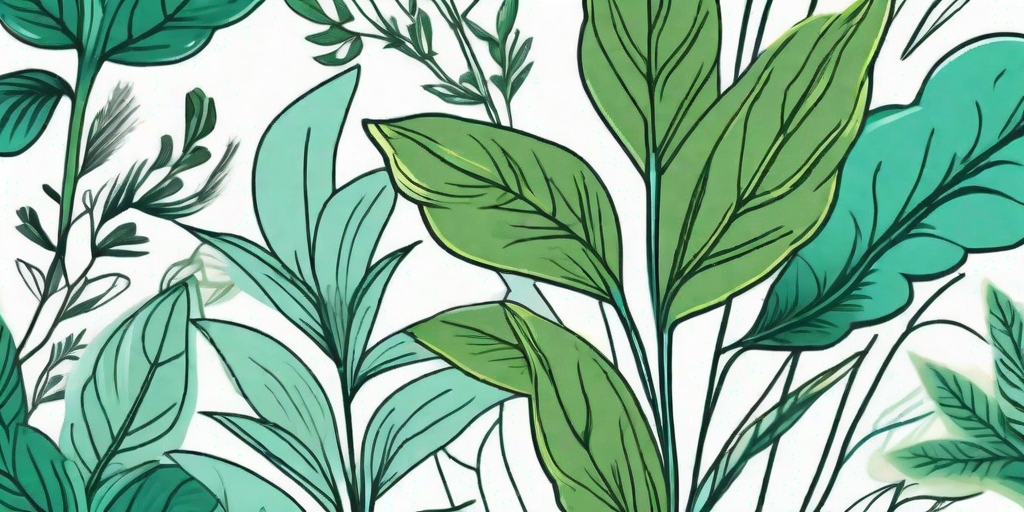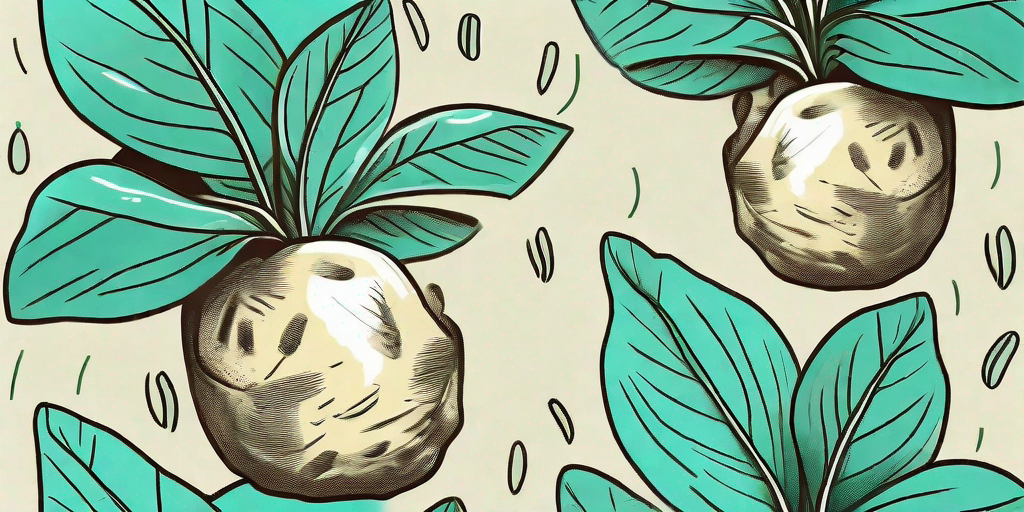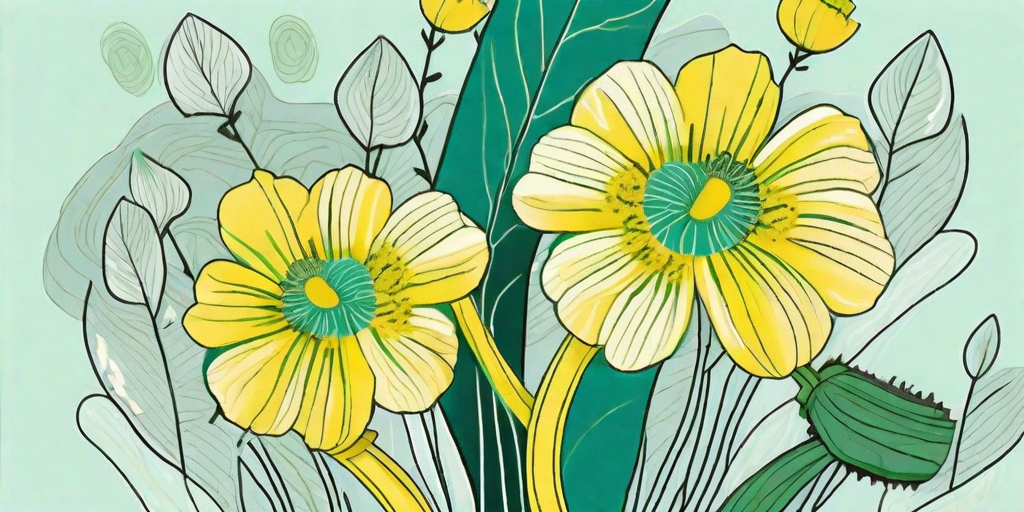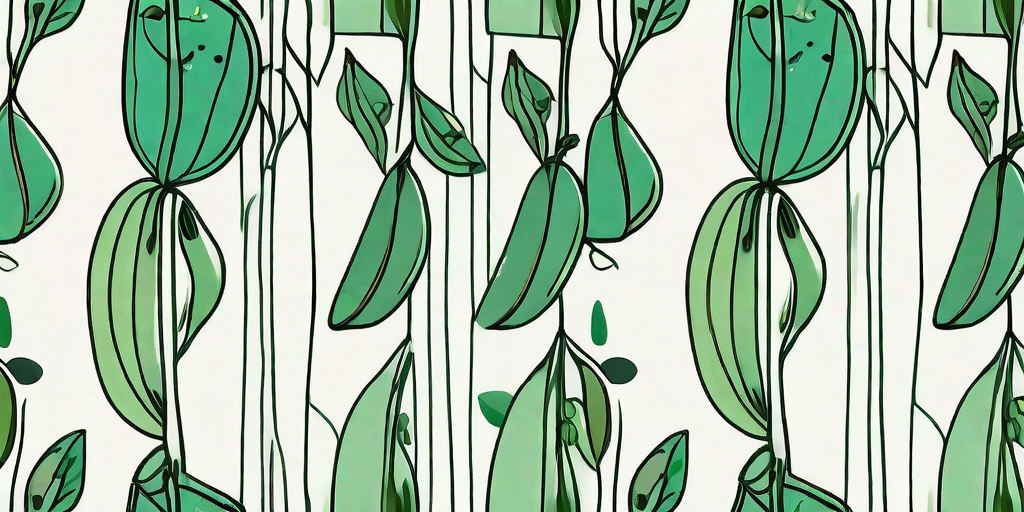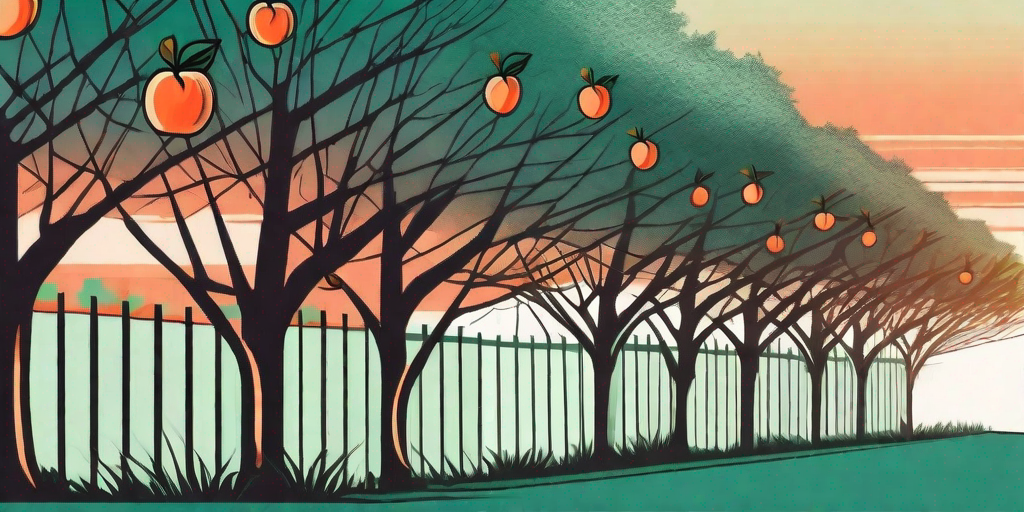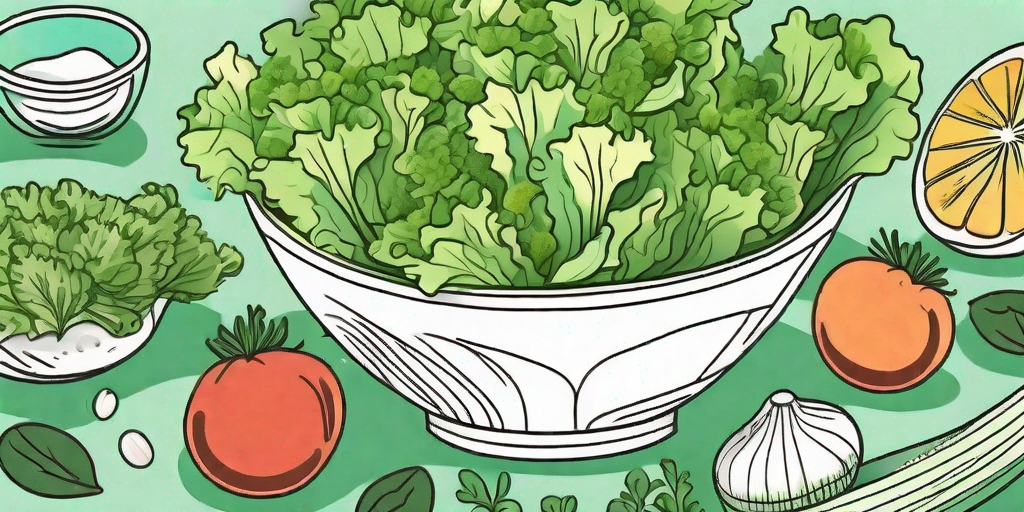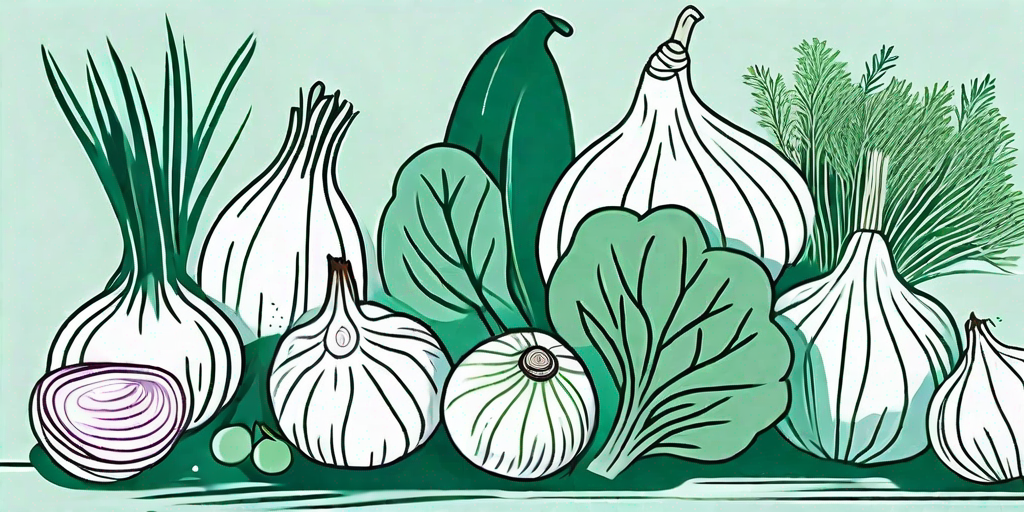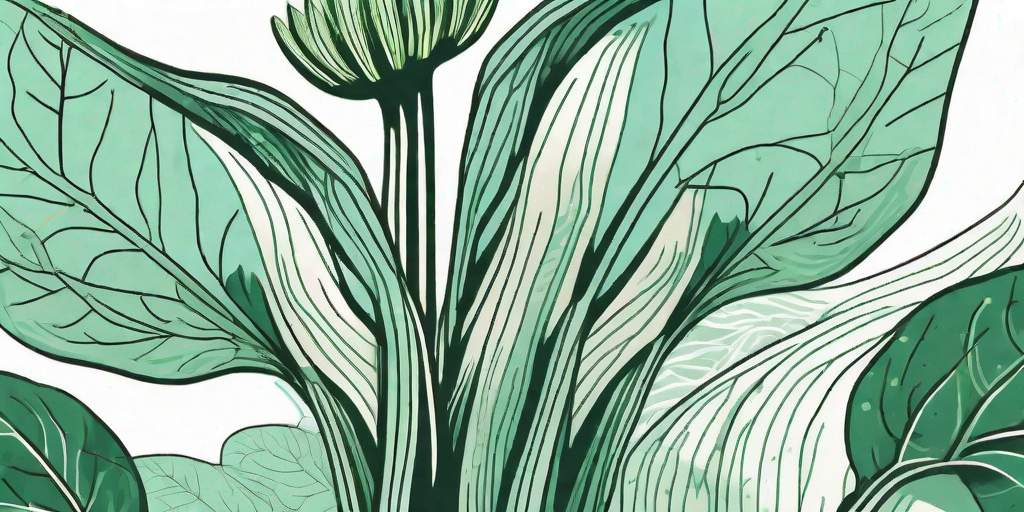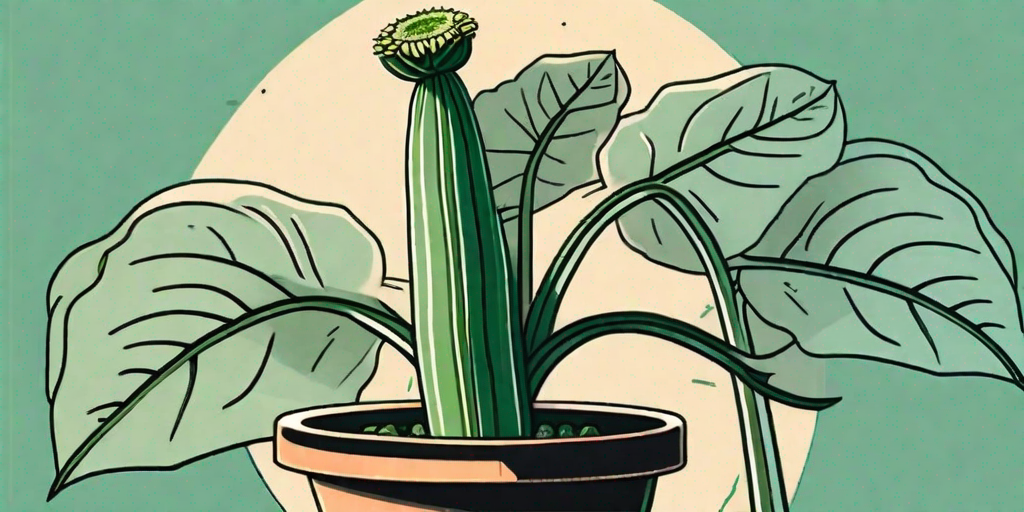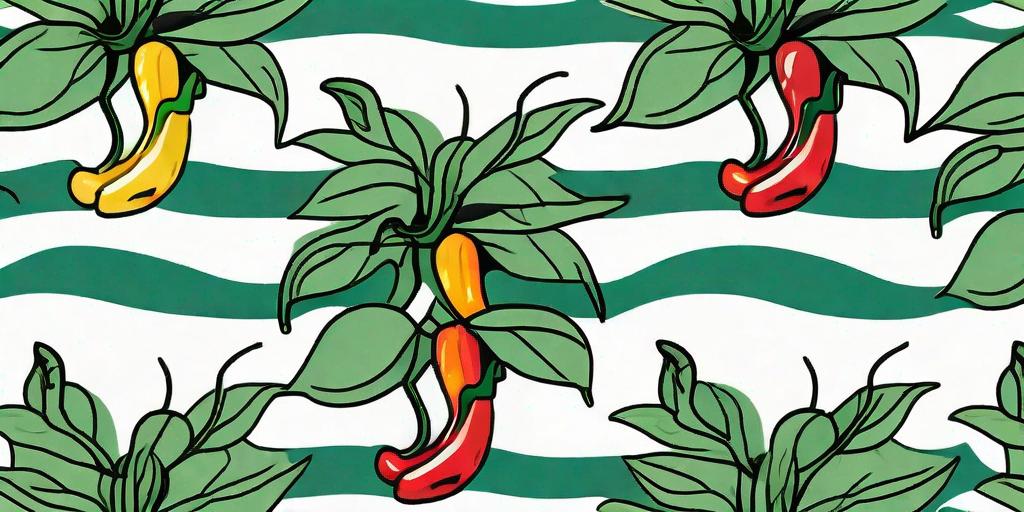
Oh, the joy of gardening! The smell of fresh earth, the rustle of leaves, and the satisfaction of watching your little green babies grow. But what's this? Curling basil leaves? Fear not, dear gardener. We're here to help you wave goodbye to this pesky problem and cultivate a healthy, thriving herb garden.
Understanding the Problem: Why Do Basil Leaves Curl?
Before we dive into the solutions, let's take a moment to understand the problem. Basil leaves curl for a variety of reasons. It could be due to environmental stressors, pests, or diseases. Let's break these down.
Environmental Stressors
Just like us, plants too can get stressed out. In the case of basil, the main culprits are usually improper watering, temperature extremes, and poor soil quality. Overwatering or underwatering can both lead to curling leaves. Similarly, basil plants prefer warm temperatures and can react adversely to cold snaps or heatwaves. Lastly, poor soil quality can deprive your basil of the nutrients it needs to grow healthy and strong.
Pests
Unfortunately, your basil plant can also fall prey to various pests. Aphids, whiteflies, and spider mites are the usual suspects. These tiny critters can cause significant damage, leading to curling leaves and other symptoms.
Diseases
Lastly, diseases like downy mildew, fusarium wilt, and bacterial leaf spot can cause your basil leaves to curl. These diseases can be tricky to manage, but don't worry, we've got you covered!
Prevention is Better Than Cure: How to Avoid Curling Leaves
Now that we know the causes, let's look at some preventive measures. After all, as the old saying goes, "An ounce of prevention is worth a pound of cure."
Proper Watering
Watering is a bit of an art. Too much, and you risk root rot. Too little, and your plant may wilt. The key is to keep the soil evenly moist. A good rule of thumb is to water deeply but infrequently. This encourages the roots to grow deeper into the soil, making the plant more resilient.
Temperature Control
Basil is a warm-weather plant, so try to maintain a temperature of around 70-80 degrees Fahrenheit. If you live in a colder climate, consider growing your basil indoors or using a greenhouse. On the other hand, if you're in a hot climate, provide some shade during the peak afternoon heat.
Soil Quality
Good soil is the foundation of a healthy garden. For basil, a well-draining soil rich in organic matter works best. Regularly add compost or other organic matter to enrich your soil and ensure your basil gets all the nutrients it needs.
Dealing with Pests and Diseases
Despite your best efforts, pests and diseases can still strike. But don't despair, there are ways to combat them.
Pest Control
For pests like aphids and whiteflies, a strong spray of water can knock them off the plant. For more stubborn infestations, consider using insecticidal soap or neem oil. Remember, prevention is key. Regularly inspect your plants for signs of pests and take action at the first sign of trouble.
Disease Management
Managing diseases can be a bit trickier. The best approach is to keep your plants healthy and stress-free, as stressed plants are more susceptible to diseases. If you notice signs of disease, remove the affected leaves immediately to prevent it from spreading. In severe cases, you may need to remove the entire plant.
FAQs
- Why are my basil leaves turning yellow?
- This could be due to overwatering, nutrient deficiency, or disease. Check your watering practices and soil quality first. If the problem persists, it could be a disease.
- Can curled basil leaves recover?
- Yes, with proper care, your basil plant can recover from curling leaves. Identify the cause and take appropriate action. With time and patience, your basil should bounce back.
- How often should I water my basil?
- There's no one-size-fits-all answer to this, as it depends on your climate and soil. However, a good rule of thumb is to water when the top inch of soil feels dry to the touch.
Conclusion
So there you have it, folks. With these tips and tricks, you're well on your way to a healthy, thriving herb garden. Remember, gardening is a journey, not a destination. So don't be disheartened by a few curling leaves. With a little patience and care, you'll be enjoying fresh, fragrant basil in no time. Happy gardening!



